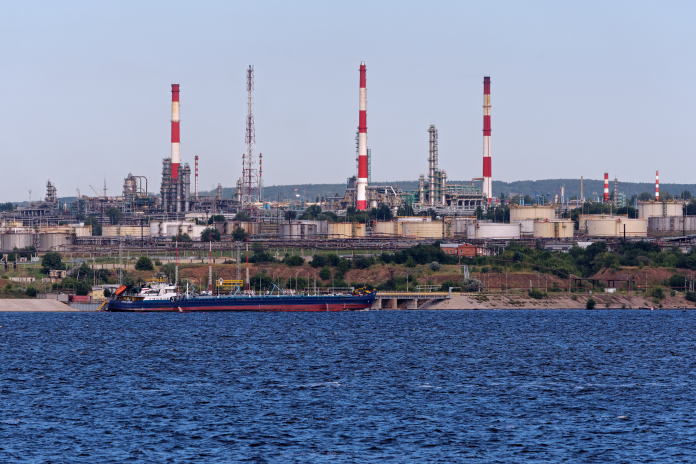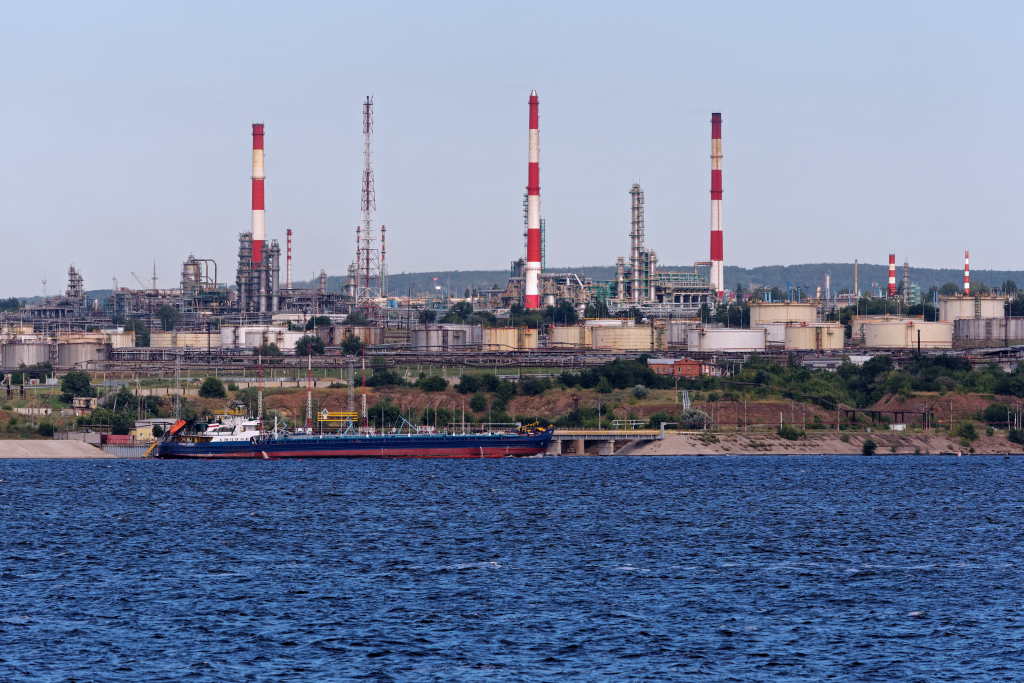
Can a war be fought by targeting fuel instead of frontlines? Ukraine’s recent campaign of long-range strikes against Russian oil refineries has delivered a measurable blow to Moscow’s war economy, cutting refining capacity by 20% according to President Volodymyr Zelenskyy. The combined effect of these attacks with sweeping US sanctions on the two biggest Russian oil companies is reshaping the geopolitical and economic battlefield.
Oil revenues are the Kremlin’s lifeblood, funding military operations and sustaining domestic stability. Now, the pressure is growing from several directions: precision strikes from Ukrainian-made weapons, a tightening sanctions regime led by Washington, and signals from major buyers like China and India that they will scale back imports. The result is to force Moscow to confront both immediate operational losses and longer-term strategic vulnerabilities.
Here are nine key developments that show how energy infrastructure has become a central front in the conflict, from innovations in the battlefield to disruptions in global markets.
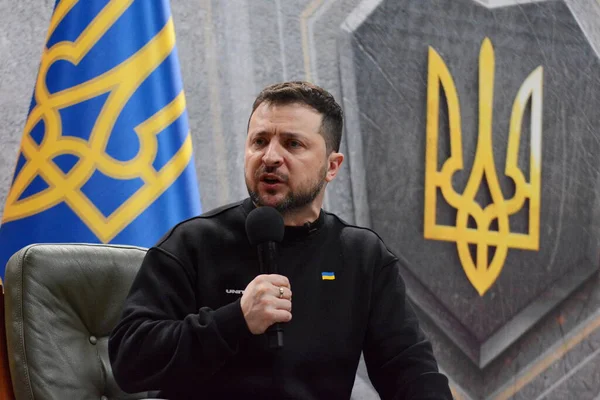
1. Ukraine’s Long-Range Strikes Slash Russian Refining Capacity
President Zelenskyy said the continuous strikes at refineries cut Moscow’s refining capacity by 20%, corroborated by intelligence from Western governments on the extent of the disruption. Remarkably, over 90% of the deep strikes have been carried out using Ukrainian-made long-range weapons, underlining Kyiv’s developing domestic capability. These are not symbolic strikes but very much about undermining Russia’s ability to process crude into exportable products, thus constricting the revenue streams that fund the war. The operational tempo reflects Ukraine’s commitment to “work on this every day,” as Zelenskyy said, signaling that energy infrastructure will remain a priority target.
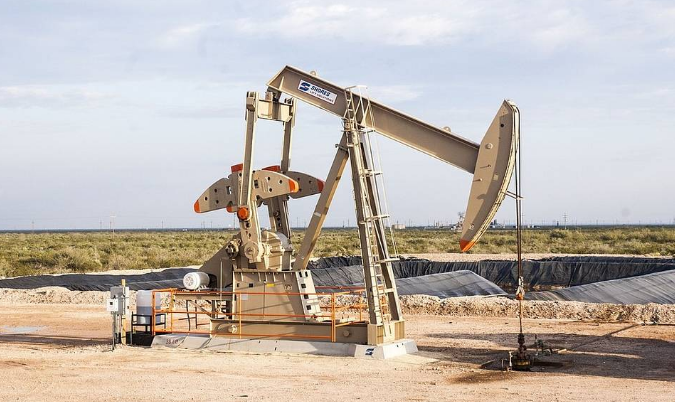
2. US Sanctions Target Rosneft and Lukoil
On October 24, the US Treasury put Rosneft and Lukoil – companies responsible for almost half of Russia’s crude exports – on the blacklist. The Secretary of the US Treasury Scott Bessent declared the companies pillars of the Kremlin’s “war machine.” These sanctions come into effect on November 21 to degrade Russia’s ability to finance its military operation. Industry analysts said the measures went beyond earlier price caps because they banned purchases outright, regardless of the price. The escalation is intended to force buyers to turn to other suppliers, raising costs and logistical complexity for Moscow’s trading partners.
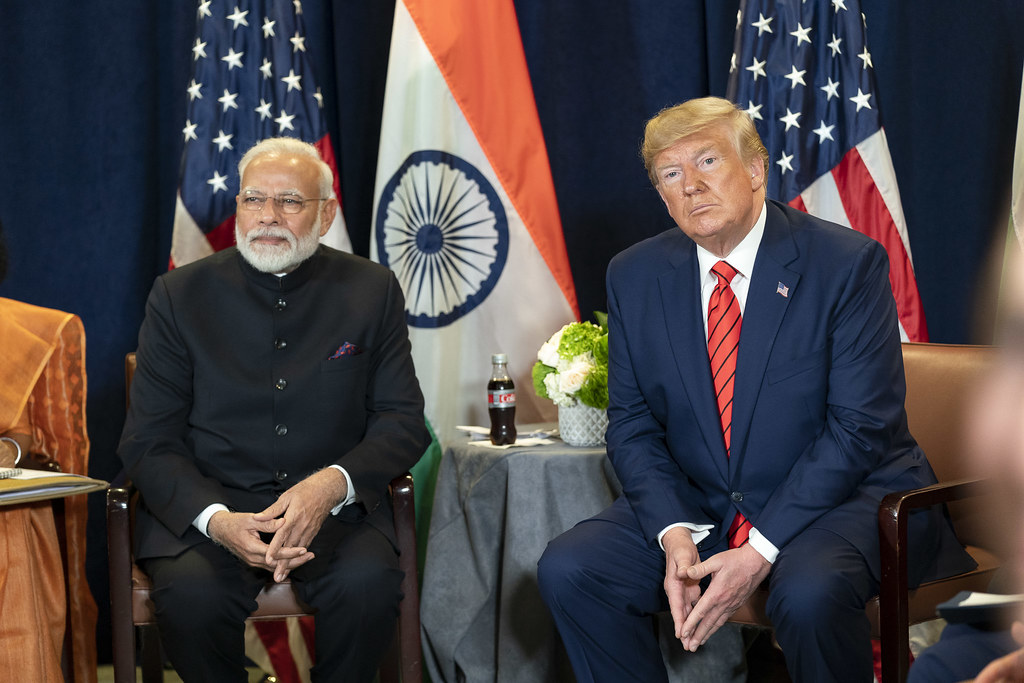
3. China and India Signal Import Reductions
China imported close to 2 million barrels per day of Russian oil in September, while India took in 1.6 million. Since the sanctions were imposed, four major Chinese state-owned oil companies have temporarily halted purchases and Indian refiners have begun reviewing contracts to avoid direct ties with Rosneft or Lukoil. Indian Prime Minister Narendra Modi assured President Trump that Delhi “was not going to buy much oil from Russia,” in a shift likely to reshape regional energy flows. China’s pipeline imports are expected to continue, while seaborne volumes may be disrupted in the short term.
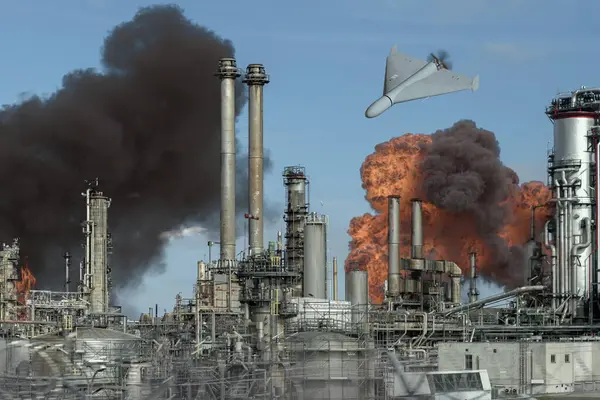
4. Measurable Decline in Russian Fossil Fuel Revenues
In September 2025, Russian fossil fuel export revenues dropped to EUR 546 million per day, the lowest since the full-scale invasion. Ukrainian drone strikes at refineries and ports have driven a 13% month-on-month drop in oil product export revenues and a 9% decline in volumes. The contraction is not limited to oil products, with revenues from coal decreasing by 13% for the first time in six months. The trend underlines the cumulative impact of military and economic pressure on the Russian energy sector.
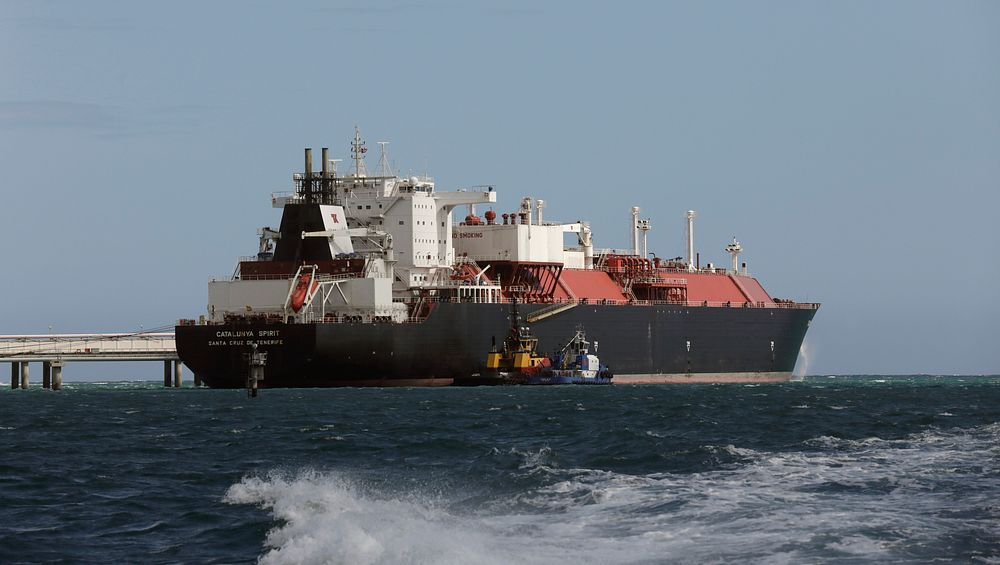
5. ‘Shadow’ Tankers Play Key Role in Sanctions-Busting
In spite of the sanctions, 69% of Russia’s crude exports in September were shipped by ‘shadow’ tankers flying false flags and carrying questionable insurance; these vessels are an environmental menace and undercut enforcement of the price cap. Unless there is coordinated action to detain or ban such vessels, maritime analysts warn, Russia will continue exploiting the loophole and sustaining export volumes despite official restrictions.
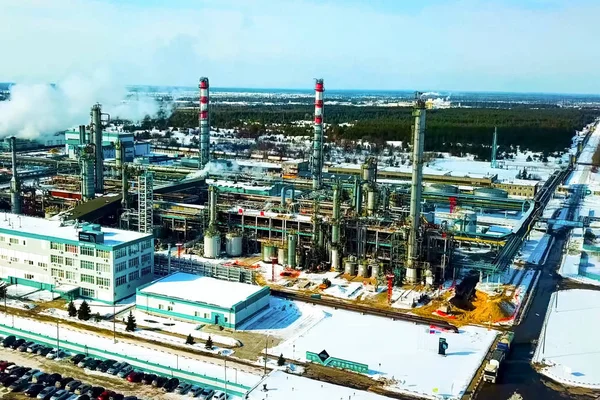
6. Potential for Lower Price Caps to Intensify Pressure
Modeling from energy researchers has indicated that a USD 30 per barrel cap-which is still above the production cost of Russia-would have cut revenues by 40% since December 2022. This will reduce earnings in September alone by EUR 3.29 billion. Advocates argue that it would deflate Russian oil prices globally by lowering the cap and enforcing it strictly; this, in turn, would force Moscow to increase production to maintain revenue levels, therefore stressing its infrastructure and logistics.
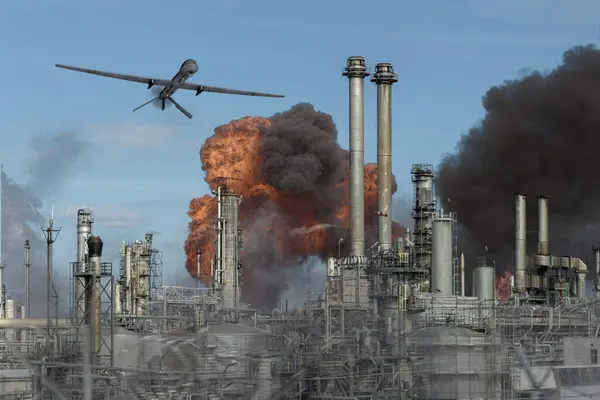
7. Expanding Air Defence and Interceptor
Production in Ukraine He added that Ukraine will be producing 500-800 interceptors daily, starting next month, to counter Shahed-type drone attacks. Production capacity is one thing; the training of operators is quite another matter as far as effectiveness is concerned. This surge in defensive capability complements offensive strikes on Russian infrastructure, creating a layered approach to degrading enemy capabilities while protecting domestic assets.
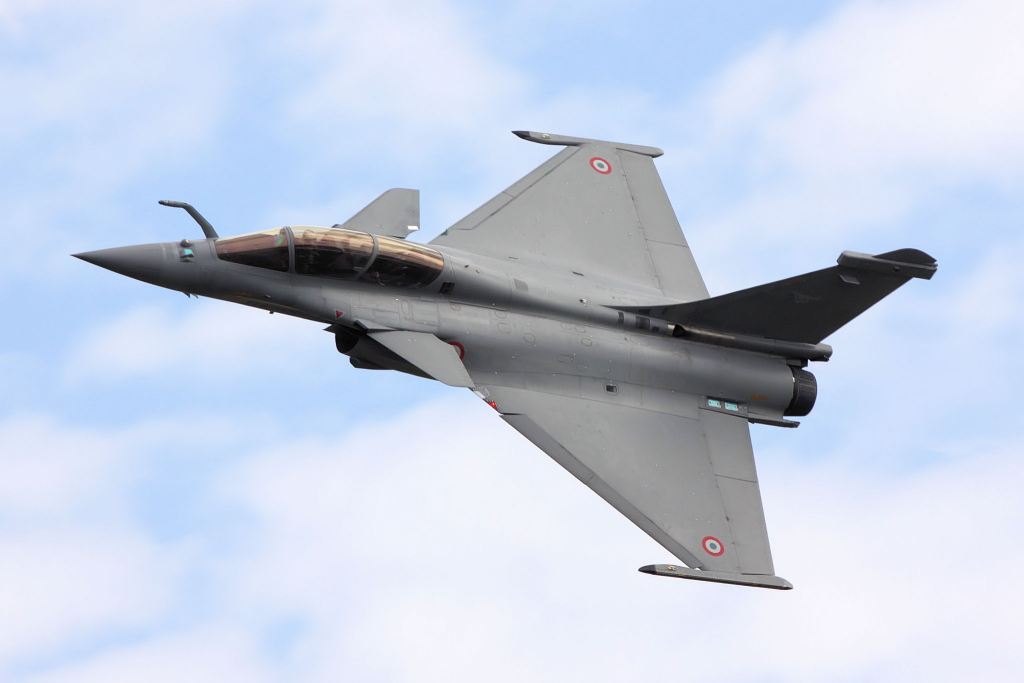
8. Strategic Fighter Fleet Modernization
Kyiv is negotiating for a fleet of 250 new aircraft: Swedish Gripens, French Rafales, and US F-16s. Just the Gripen deal alone has the potential to bring in as many as 150 jets over 10–15 years. Defense analysts emphasize that the Rafale brings an advanced electronic warfare suite and compatibility with existing Ukrainian munitions, making it a high-end strike and air-superiority platform in a multi-tiered fleet.
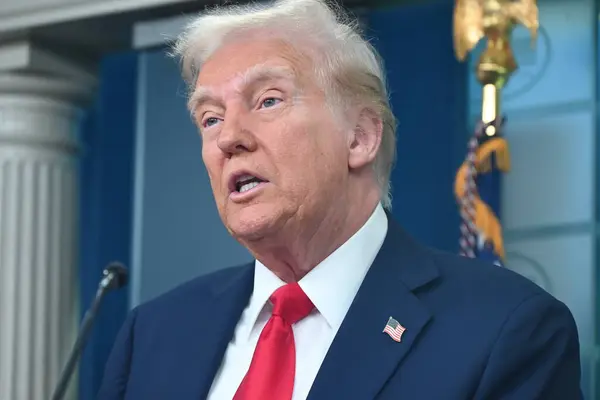
9. Geopolitical Signaling and Diplomatic
Trump’s sanctions are not just economic; they are a means of diplomatic pressure. Zelenskyy suggested that the measures could figure in dialogue with Russia, and the planned Trump–Xi meeting may influence China’s purchasing decisions. Meanwhile, Moscow warns of possible price increases and frames the measures as an “unfriendly act,” trying to galvanize both domestic and international opposition against the sanctions.
The strikes by Ukraine and the U.S.-led sanctions regime are combining to whittle away at Russia’s energy revenues-the linchpin of its war economy. What the interaction of battlefield methods, maritime enforcement, and global market forces makes clear is that energy infrastructure is no longer a peripheral target but a central battlefield. As Kyiv increases its offensive reach and modernizes its air force, and with sanctions tightening, the strategic penalty to Moscow will rise, perhaps altering the direction of the conflict.
